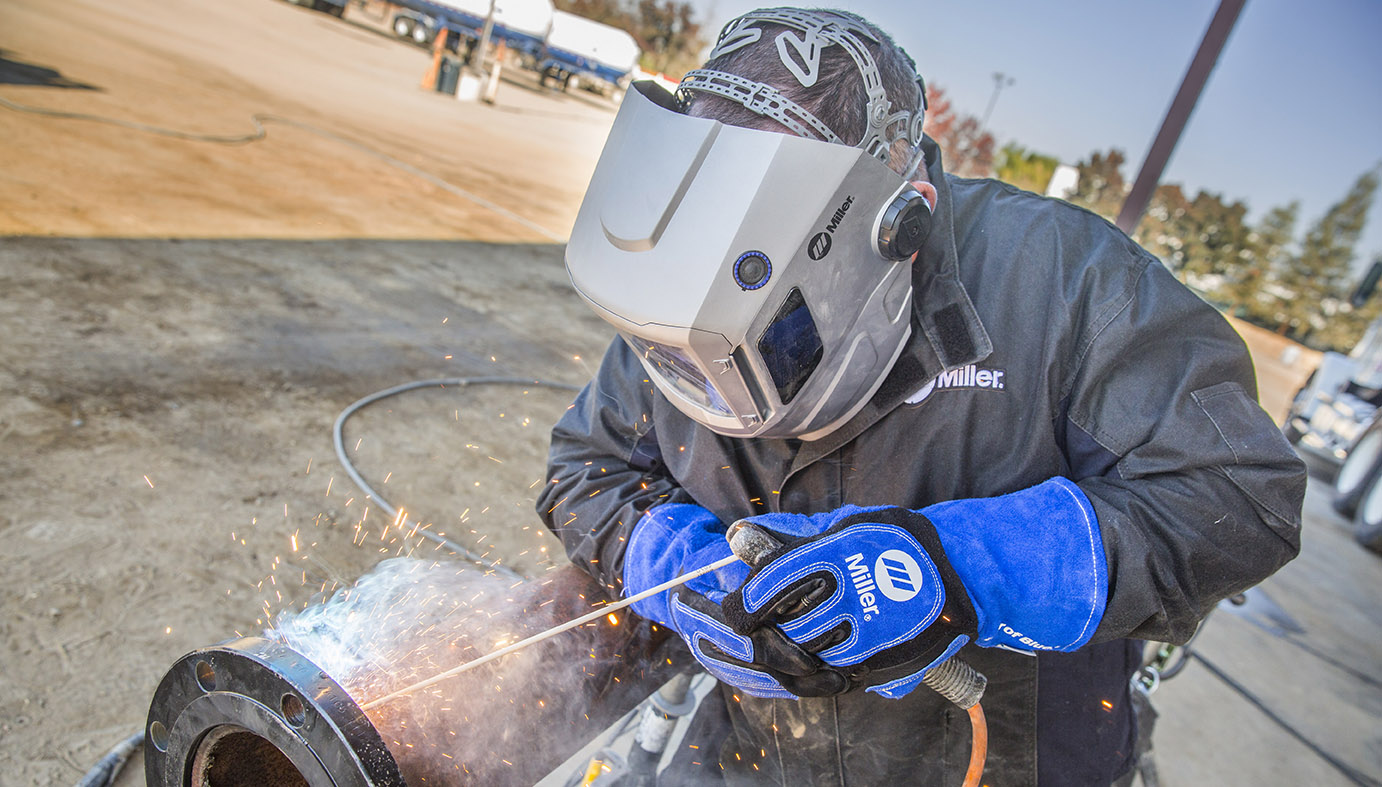rod welding stainless steel
Understanding Rod Welding of Stainless Steel
Rod welding, particularly with stainless steel, is a vital process in various industries, including construction, automotive, and aerospace. Stainless steel is favored for its corrosion resistance, strength, and aesthetic appeal, making it an ideal choice for a wide range of applications. In this article, we’ll delve into the specifics of rod welding stainless steel, exploring its techniques, advantages, and important considerations for successful execution.
What is Rod Welding?
Rod welding refers to a form of arc welding that employs a filler rod to join two pieces of metal. This technique typically utilizes a consumable rod, which provides both a heat source and additional material for the weld joint. There are different methods of rod welding, including Shielded Metal Arc Welding (SMAW), Gas Tungsten Arc Welding (GTAW), and others, but SMAW is commonly associated with rod welding.
Advantages of Using Stainless Steel
Stainless steel is an alloy that primarily contains iron, carbon, and chromium, along with other elements such as nickel and molybdenum. The addition of chromium gives stainless steel its characteristic resistance to rust and tarnishing. Below are some key advantages of using stainless steel in welding applications
1. Corrosion Resistance Stainless steel’s ability to resist oxidation and corrosion makes it suitable for environments exposed to harsh chemicals, moisture, and high temperatures.
2. Durability Stainless steel is known for its strength and toughness. It can withstand mechanical stresses and is less prone to breaking or deforming compared to other metals.
3. Aesthetic Appeal Its appealing finish and ability to retain gloss over time make stainless steel a preferred choice in applications where appearance matters, such as architecture and interior design.
4. Environmental Resistance It can endure extreme weather conditions, making it useful for outdoor applications and structures.
Rod Welding Techniques for Stainless Steel
rod welding stainless steel

When welding stainless steel with rods, various techniques can be employed depending on the specific requirements of the project. Here are some commonly used methods
1. Shielded Metal Arc Welding (SMAW) Often referred to as stick welding, SMAW is widely used for welding stainless steel due to its simplicity and effectiveness. The welder manually feeds the consumable electrode while maintaining an arc between the rod and the work material.
2. Gas Tungsten Arc Welding (GTAW) Also known as TIG (Tungsten Inert Gas) welding, this method provides greater control over the welding process. It uses a non-consumable tungsten electrode to produce the weld, with a separate filler rod added as needed.
3. Gas Metal Arc Welding (GMAW) Commonly known as MIG (Metal Inert Gas) welding, this technique is suitable for thin stainless steel sections, allowing for faster welding speeds and less distortion.
Important Considerations for Rod Welding Stainless Steel
To achieve optimal results when rod welding stainless steel, several considerations must be taken into account
1. Proper Filler Material Selecting the right filler rod is critical for maintaining the integrity of the weld. The composition of the filler material should closely match that of the base stainless steel to ensure compatibility and strength.
2. Cleanliness Stainless steel must be free from contaminants such as oil, grease, and rust. Pre-weld cleaning techniques, including grinding, brushing, or using solvents, are essential to prevent defects in the final weld.
3. Heat Management Stainless steel can warp or discolor under excessive heat. Employing proper heat settings and techniques, such as controlling the arc length and travel speed, will contribute to the quality of the weld and reduce distortion.
4. Post-Weld Treatment Depending on the application, post-weld cleaning and passivation may be necessary to restore the corrosion resistance of the stainless steel.
In conclusion, rod welding stainless steel is a specialized skill that requires knowledge of techniques, materials, and best practices. By understanding the advantages of stainless steel and the nuances of various welding methods, welders can achieve strong, durable, and aesthetically pleasing results suitable for a range of applications. Proper preparation and attention to detail can significantly impact the success of the welding process, ensuring structural integrity and longevity of the finished product.
-
Premium Submerged Arc Welding Wire | Efficient Quality SolutionNewsJul.21,2025
-
Premium Solid MIG Welding Wire - Strong, Low-Spatter WeldsNewsJul.21,2025
-
E71T-GS Self-Shielding Welding Wire | Gasless Outdoor UseNewsJul.20,2025
-
E312 Welding Electrode - High Corrosion Resistance & All-Purpose UseNewsJul.20,2025
-
Best MIG Welding No Gas Flux Core Solution – Easy, Portable & Clean WeldingNewsJul.08,2025
-
7018 Welding Rod 3/16 - High Strength, Low Hydrogen Electrodes Wholesale 3/32 Welding Rod 7018 Suppliers & China 7018 AC Welding Rod FactoryNewsJul.08,2025


